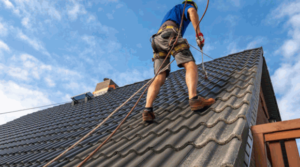Are you dealing with dampness and moisture issues in your home or building?
Damp Damp proof injection could be the solution you need.
We explore the ins and outs of Damp Proof Injection, including how it works, the different types available, its effectiveness, benefits, risks, and costs.
We also discuss how to choose the right method, whether it can be done as a DIY project, and alternative options to consider.
Stay tuned to learn everything you need to know about Damp Proof Injection.
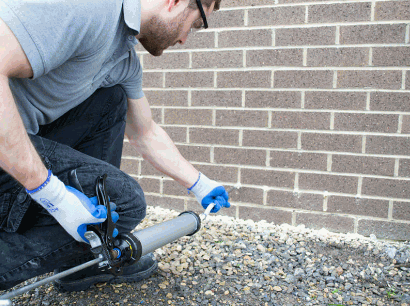
What Is Damp Proof Injection?
Damp Damp proof injection is a common method used to combat damp issues in buildings, particularly when dealing with rising dampness or moisture ingress through walls or masonry.
It involves injecting a special damp proofing fluid or cream into the affected areas to create a barrier against water penetration. This method is highly effective in preventing moisture from rising through walls, which can lead to unsightly damp patches and damage to the structural integrity of the building. Damp proof injection is versatile and can be applied to various surfaces such as brick, stone, and concrete, making it a popular choice among homeowners and property developers.
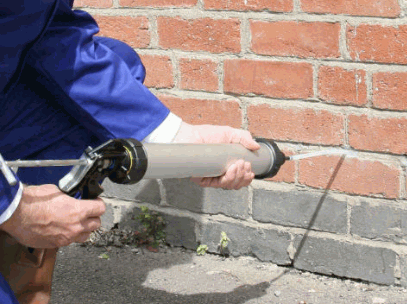
How Does Damp Proof Injection Work?
Damp Proof Injection works by introducing a water-repellent barrier into the affected areas, preventing further moisture ingress and protecting the structure from potential damage.
This method involves injecting a specialised solution directly into the walls or foundations of a building. The injected material forms a barrier that repels water, ensuring that dampness does not seep through and cause decay or weakening of the structure. By creating this impervious layer, it effectively seals off the surfaces, helping to maintain the integrity of the building. This proactive approach not only prevents immediate issues such as mould growth and deterioration but also aids in preserving the long-term durability of the construction.
What Are The Types Of Damp Proof Injection?
There are two main types of Damp Proof Injection methods commonly used: Chemical Damp Proof Injection and Electro-Osmotic Damp Proof Injection.
Chemical Damp Proof Injection involves the injection of a specialised chemical solution into the affected structure to create a barrier against dampness. This method is particularly effective for treating rising dampness in older buildings where a physical Damp Proof Course may be absent or compromised.
On the other hand, Electro-Osmotic Damp Proof Injection utilises a low-level electrical current to drive moisture away from the structure, making it suitable for situations where traditional chemical solutions may not be viable or effective. Each method has its unique benefits and applications based on the specific structural requirements.
Is Damp Proof Injection Effective?
Damp Proof Injection is considered effective in managing damp issues by reducing moisture levels, preventing structural damage, and inhibiting the growth of mould that can lead to health problems.
By introducing a specialised chemical solution into the walls of a building, damp proof injection creates a barrier that prevents rising dampness from spreading further. This method not only reduces the presence of dampness in walls but also protects the structural integrity of the property by stopping moisture from seeping through and causing decay.
The application of damp proof injection also aids in creating a healthier indoor environment by minimising the risk of respiratory issues and allergies that are often associated with mould growth in damp spaces. It provides a long-lasting solution to the dampness problem, offering peace of mind to property owners dealing with such issues.
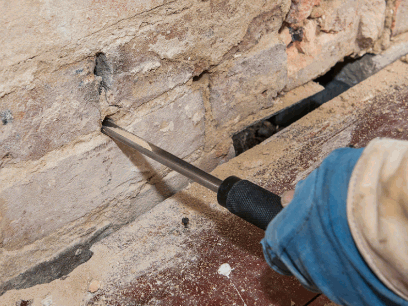
What Are The Factors That Affect The Effectiveness Of Damp Proof Injection?
Several factors can influence the effectiveness of Damp Proof Injection, including moisture levels, the quality of the injecting process, ventilation in the building, existing structural damage, and the presence of penetrating damp.
Proper moisture control is essential as excessive moisture can hinder the penetration of the injected solution, compromising the treatment’s efficacy. The injecting technique must be precise and thorough to ensure complete coverage and consolidation of the affected areas.
Adequate ventilation plays a crucial role in expediting the drying process post-treatment, preventing the accumulation of dampness that could lead to reoccurrence. Addressing any structural issues before injection is vital to prevent future damage and ensure the long-term success of the treatment.
What Are The Benefits Of Damp Proof Injection?
Damp Proof Injection offers several benefits, including the prevention of damage to building structures, improvement of indoor air quality, and enhancement of property value.
Damp Proof Injection is highly effective in safeguarding building integrity by forming a protective barrier against moisture infiltration. This method not only prevents structural damage caused by dampness but also inhibits the growth of mould and mildew, which can result in health hazards from damp-related contaminants in the air.
- By reducing excess moisture and humidity levels, Damp Proof Injection helps enhance the indoor air quality, creating a healthier living environment for occupants.
- By addressing damp issues promptly and effectively, properties benefit from an increased market value, as potential buyers are attracted to buildings that are well-maintained and free from damp-related problems.
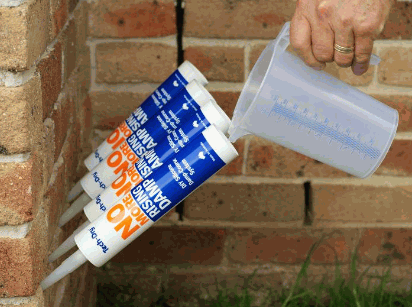
What Are The Risks Of Damp Proof Injection?
However, there are risks associated with Damp Proof Injection, such as potential chemical exposure, risks of structural damage, potential moisture-related issues, and health hazards.
Chemical exposure during Damp Proof Injection processes can pose health risks to individuals involved in the application or residing in the treated property. The use of chemicals may lead to skin irritations, respiratory problems, or allergic reactions. In addition, the structural implications of incorrect injection techniques or poor-quality materials can result in weakened building foundations, cracks in walls, or other unforeseen damages.
Improper installation of damp proofing can exacerbate existing moisture-related issues rather than resolve them. This can lead to trapped moisture, mould growth, and further deterioration of the property’s structure. Not only does this jeopardize the integrity of the building, but it also heightens the risk of respiratory issues and allergic reactions due to prolonged exposure to mould.
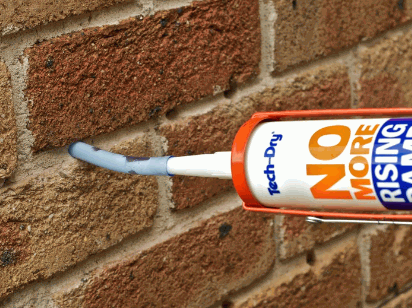
How To Choose The Right Damp Proof Injection Method?
Selecting the appropriate Damp Proof Injection method involves considering factors like the type of DPC, existing moisture levels, structural conditions, and the application of damp proof cream where necessary.
When evaluating the optimal Damp Proof Injection method, it is crucial to match the treatment with the specific requirements of the structure to ensure long-lasting results. Assessing the moisture levels accurately is key to determining the extent of dampness and the depth of penetration required for effective damp proofing. Taking into account the structural integrity of the building will help in choosing the most suitable injection technique to address any weaknesses while preventing any future moisture ingress.
What Is The Cost Of Damp Proof Injection?
The cost of Damp Proof Injection can vary depending on factors like the extent of dampness, property valuations, evaluations by panel valuers, and the potential long-term savings from averting rising damp issues.
When considering the cost of Damp Proof Injection, property valuations play a crucial role in determining the overall investment required for effective damp treatments. Valuations conducted by qualified panel valuers help in assessing the extent of dampness and the necessary remedial measures, which directly impact the final pricing.
The financial benefits of investing in proactive damp treatments cannot be overlooked. By addressing damp issues timely, property owners can prevent costly damage caused by rising dampness, ultimately preserving the value and integrity of their assets.
Whilst some aspects of Damp Proof Injection may seem feasible as DIY projects, tasks like managing sub-floor vents, handling condensation issues, and injecting damp treatments into insulated cavities are best left to professionals.
Although many homeowners may be inclined to try their hand at Damp Proof Injection to address rising damp or moisture issues, it is crucial to recognise the complexities involved in ensuring its proper execution.
Areas such as accurately diagnosing the root cause of dampness, selecting the appropriate injection materials for different types of walls, and effectively distributing the treatment throughout the affected areas require specialised knowledge and equipment that professionals possess.
Mistakes in the injection process can lead to ineffective treatment, further damage to the property, or even health hazards arising from exposure to chemicals used in certain formulations.
Uncover more: Will Using Damp Proof Paint Help With Condensation
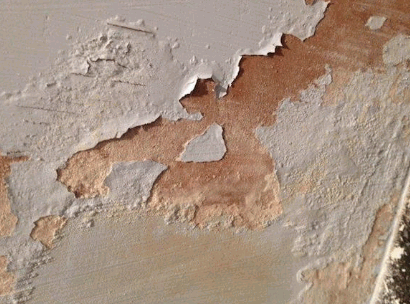
What Are The Alternatives To Damp Proof Injection?
In cases where Damp Proof Injection may not be suitable, alternatives like cladding outer walls, tile hanging, weatherboarding, lime-based mortars, and employing traditional damp treatment methods could offer viable solutions.
External cladding involves adding a protective layer to the outside of a building to prevent moisture from penetrating the walls. This can be a durable and aesthetically pleasing solution to combat damp issues.
Tile hanging, on the other hand, is a technique where tiles are hung on the exterior walls, providing both a decorative element and a barrier against water ingress.
Weatherboarding, which uses overlapping boards to shield the walls, is another effective method to keep dampness at bay.
Utilising lime-based mortars can also be advantageous, as lime has natural properties that help regulate moisture levels in walls, contributing to a healthier indoor environment.


